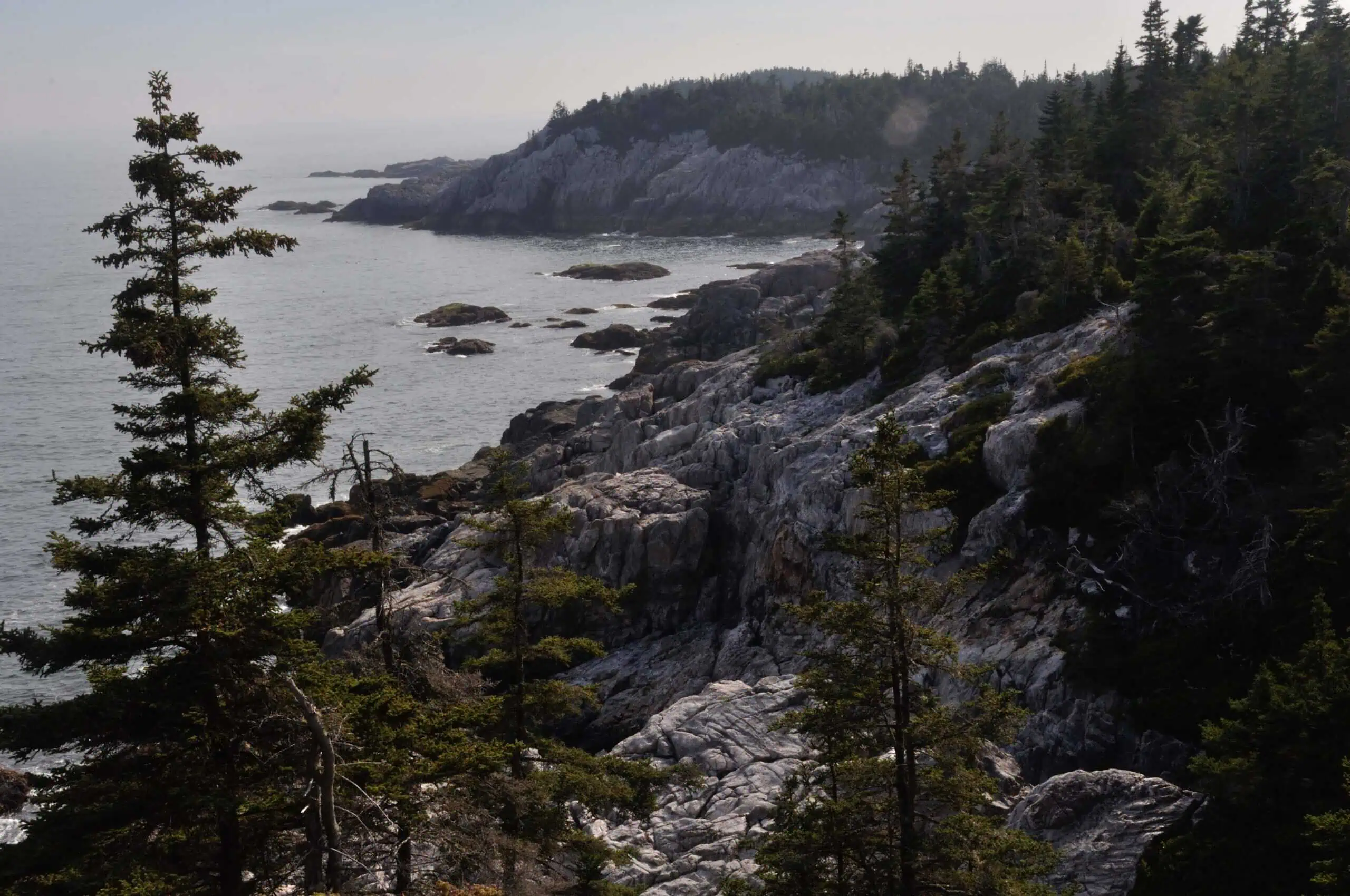Chris Calvert is a retired legal assistant who for decades spent every vacation day visiting America's national parks – and meticulously documenting his travels. His collection of park memorabilia holds over 18,000 items, and is of such historical value the NPS has expressed interest in adding it to the NPS History Collection in Harpers Ferry, WV. We spoke with Chris about his lifelong devotion and his advice for fellow travelers.
Charles Poe: Welcome, Chris Calvert, who has possibly the world’s largest collection of National Park Service memorabilia! We’ll get into that in a minute, but I thought I’d start with a big picture question, because we’re at a moment where public lands are under threat. Why should we, as a people, care about national parks?
Chris: It gives every citizen an ownership interest in the country. There are a lot of people in this country that don’t own their own homes. They don’t own real property. But in being citizens they own a piece of America, whether they’re National Forest lands, National Park lands, Bureau of Land Management lands. So it gives them an actual, real ownership interest in this country. That’s why I think it is so important that they be preserved as public lands. I know there’s always this pressure. We want to sell them off. We want to privatize them. And you look at states like Texas, where there’s very few public lands because of the history of Texas. I just think people are the poorer for living in a place where they don’t have an ownership interest in some great vast expanse of wild land or public open spaces.
Let’s talk about your origin story of how you found a love of national parks. What was the first one you ever visited?
I can’t answer the question of the first one I ever visited, because I had the good fortune of growing up as a child in Washington, DC. We have so many individual units of the National Park system right there, so I’m sure my first national park, forgotten in childhood, was on the Mall, the Washington Monument, the Lincoln Memorial. But to answer your question of how I fell in love with the National Park system, the very first national park I visited in that sense was Olympic National Park in 1980.
I came along a little late in my parents’ life, and all of the camping and fishing and hunting stuff was lavished on my older brother. By the time I was old enough for that, I think my parents had kind of moved on, and I didn’t get that. But I always had this deep seated love of nature. We lived near a stream, and I spent many hours in childhood down the street, at the stream, wandering through the woods, exploring nature that way. I always had this desire to go out and see the great national parks of the West, which I suppose I had heard about on television.
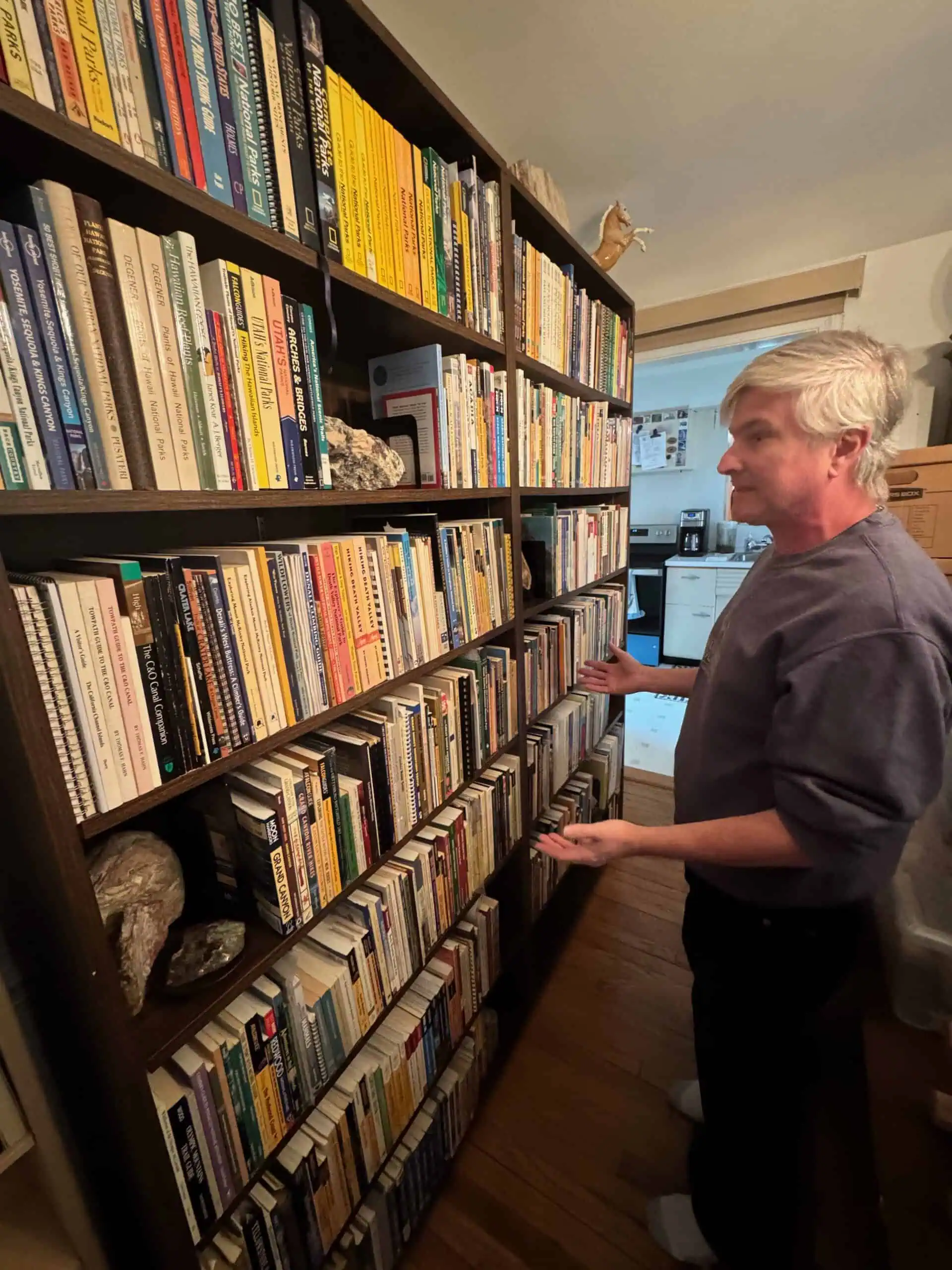
So finally, in 1980, when I was 17, I convinced my parents to take me out to the West Coast. We flew to Seattle. We rented a car, and we drove down the West Coast, visiting various national parks. We started in Olympic, and that was really transformative. It was the first day of summer in 1980, and we got up from our hotel and drove to the park, and I remember being very dispirited because it was raining. It was cloudy, it was misty, it was foggy. It’s kind of funny to think that here I was going to a temperate rainforest and I was disappointed when I got there because it was raining!
That was an important lesson to learn. Leave your expectations behind. The source of all disappointment is expectations. Just go and let the parks unfold for you. But it was misty, it was cloudy, it was raining, and I was a bit dispirited, so we stopped at the Visitor Center, near Port Angeles. I went up to the desk and there was a young female National Park Ranger there, and I said, “What would you recommend that we do here?” She said, “Drive up to Hurricane Ridge.”
We start going, and these huge trees are rising up on either side of me, and I’m starting to get a little more excited now. Here I am in the temperate rainforest. We wind our way back and forth, and we get higher and higher, and things start to brighten and the clouds start to break up, and the fog starts to dissipate. And all of a sudden, we pop out into the sunshine. We’ve driven above the weather, which was the first time in my life I had ever experienced that.
We get to Hurricane Ridge, and it’s this very high point in a subalpine meadow. Remember, it’s the first day of summer, so the meadow is just filled with wildflowers. And next to the parking lot are these big piles of snow that haven’t melted yet. This again is something I’ve never experienced.
So I look down across this meadow, jeweled with all these wildflowers, to this dark valley of this temperate rainforest, and up beyond it into the Olympic mountains, and there they are. They’re clad with ice and with glaciers sparkling with the sun. It was just this unbelievable spectacle, this transformative moment where I said to myself, “If this is what the national parks are all about, then I’ve got to see all of them.” That’s how it got started.
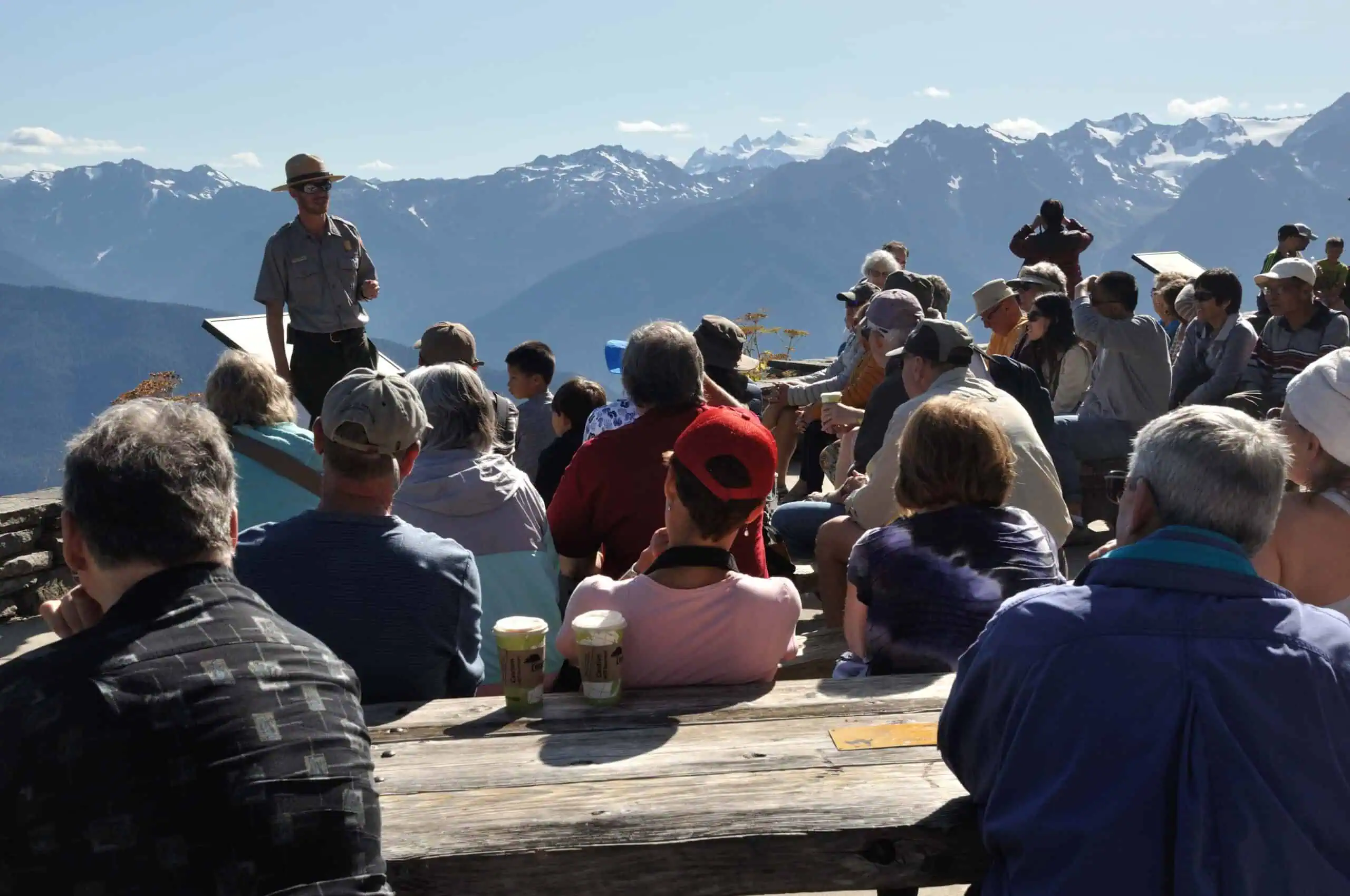

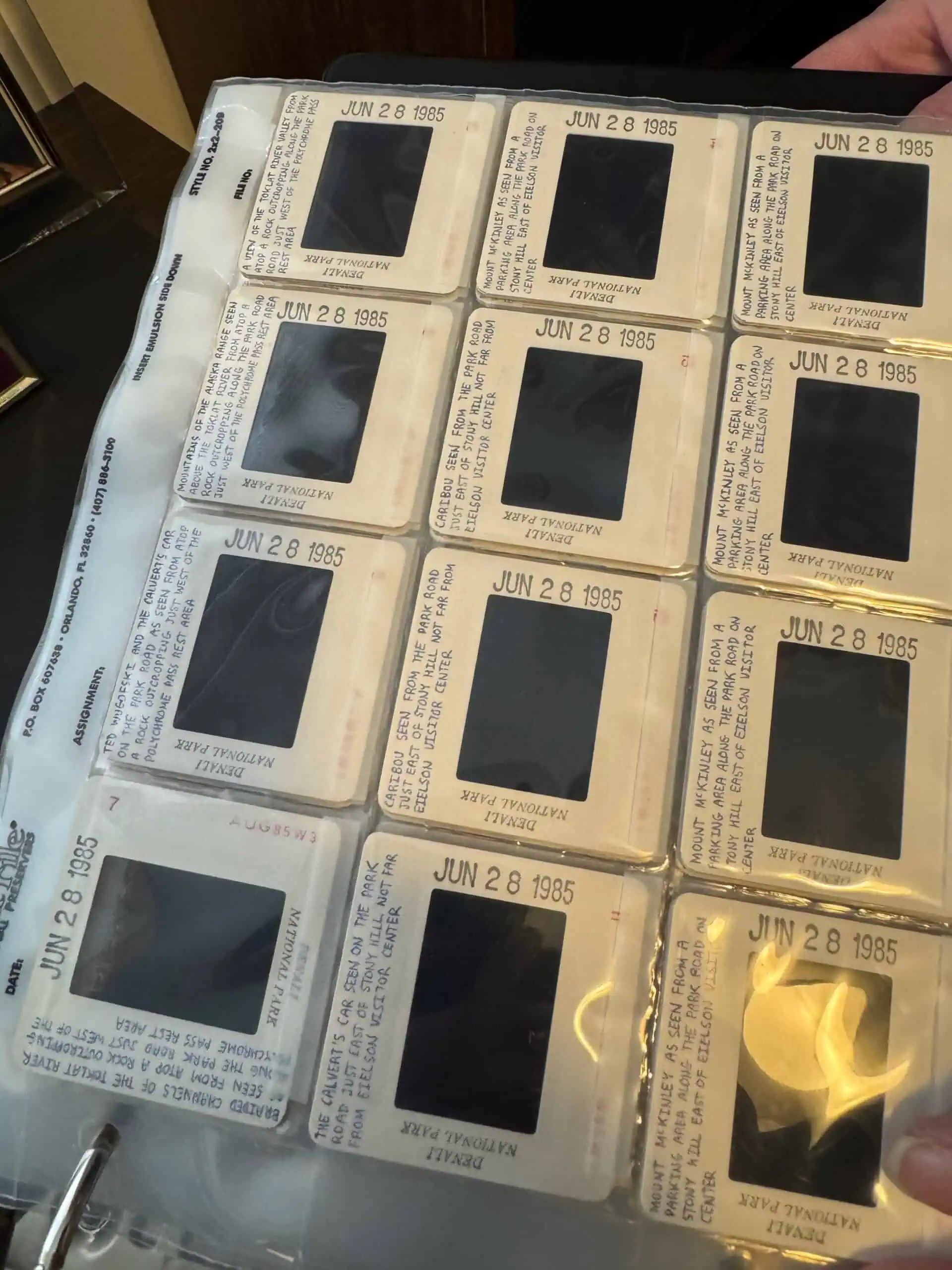
So fast forward to now, what is your park number?
Well, of course there are 433 units of the National Park system. Right now I have visited 431 of the 433 units. The only 2 that I haven’t been to yet are the two most recent additions, the Carlisle Federal Indian School National Monument in Carlisle, Pennsylvania, and the Francis Perkins National Monument in Maine. They were the most recent additions to the park system that President Biden created using his authority under the Antiquities Act before he left office.
Since that day in 1980 you made it a mission not only to visit these parks, but also to document those visits and to collect things. Can you talk a little bit about how the collection came together?
Well, I’ve always been a natural collector. I’ve collected stamps. I’ve collected coins. As I would visit national parks, I would just pick up things. When you go to a national park, you pull up to the entrance booth and you’re handed a brochure, and sometimes a newsletter. I’d go to the Visitor Center and buy trinkets and souvenirs, and I guess it started that way, without any real sense that I was building a collection.
Over the years, I dedicated all of my free time to this quest to visit all the national parks. If I took a vacation, it was to go to the national parks. I would visit used bookstores, and whenever I’d see a book on a national park, I would pick it up to read when the time came to visit that National Park. I started going to postcard shows and buying National Park postcards. At some point I had amassed organically this big collection, and it was just in boxes or in filing cabinets, and there was no organization or order to it.
So in early 2005, I started creating an Excel spreadsheet where I logged everything that I had related to the national parks. Right now it’s at 18,243 general items (books, booklets, brochures, flyers and other objects).
You mentioned that the National Park Service itself has expressed an interest in the collection. Can you talk a little bit about what your plans are for it, and why it might have value as a research archive?
In 2020, during the pandemic, a friend of mine who is active in national park affairs came over and saw it, and he asked the same question that you just asked, what am I going to do with it? And I’d never given much thought to it. He contacted the National Park Service History Archive at Harper’s Ferry, and they actually sent their chief archivist, Nancy Russell, who came down here in June of 2020, with a colleague of hers.
A few weeks later, she wrote back to me. I was kind of blown away when she said she thought that the National Park Service would very much like to have this collection. She thought it would be of value. She listed particular items that she thought would be of the most interest. For instance, my postcard collection. She said the National Parks History Archive had very few postcards, whereas I had thousands of them.
As I’ve traveled throughout the national parks I’ve taken tens of thousands of photographs. I started with slides in my youth as a teenager, and I switched to digital images in 2007. It has always been my practice to detail these photographs. I date them. I label them. They’re not just a bunch of things in a box. They’re extremely well organized. And that impressed her so she thought that would be of value.
Another practice I started in 2001: Whenever I travel in the national parks, I carry a cassette recorder with me, or now a digital recorder, and I record my thoughts and impressions, what I do, what I see, the people I encounter, park films that I see, park programs that I attend. And then I transcribe these. So I have binders and binders of these transcribed notes. She thought that would be one of the most valuable things for researchers in the future to have this. This huge collection of notes made by one person, a singular perspective of one person traveling throughout the entire National Park system over decades.
So that’s made me think that this collection will someday be of use to people. I can envision a future time where, especially with the advent of artificial intelligence, some program can just suck up the totality of my transcriptions on the national parks, and you could use it to run queries. Did I see otters here in this year, or did I see bison there in this year? Things like that.
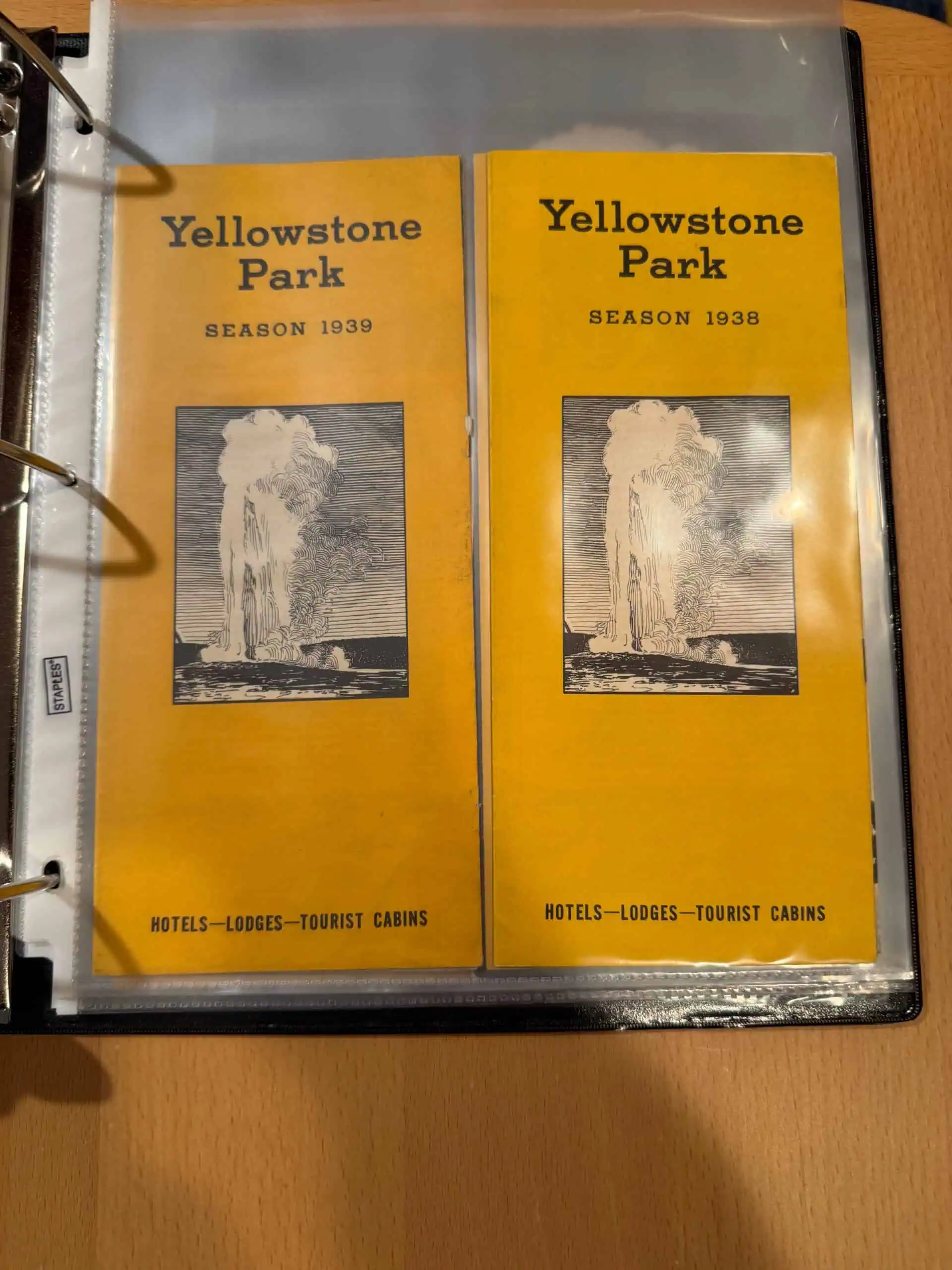
I’m 62 now. Hopefully I have a few years left to continue growing the collection. But eventually, when the day comes, I want it to go to some organization that’s gonna be able to make the most use of it. To further this ideal of the national parks which I have come to so love over my entire life.
One of the things we hear over and over again about national parks is they can be intimidating to plan for. What’s your routine for planning a park visit?
I would get the park brochure – you can get it online now. Look at the map and get a feel for what it looks like and pick out things you might like to do. I would put together an itinerary and go out with a certain set of goals in mind, always with the idea of flexibility built into it. I’ve learned in my decades of visiting the national parks, no matter how much you plan and how careful you are, the most memorable experiences are the unscripted ones, the unplanned for ones, the spontaneous ones.

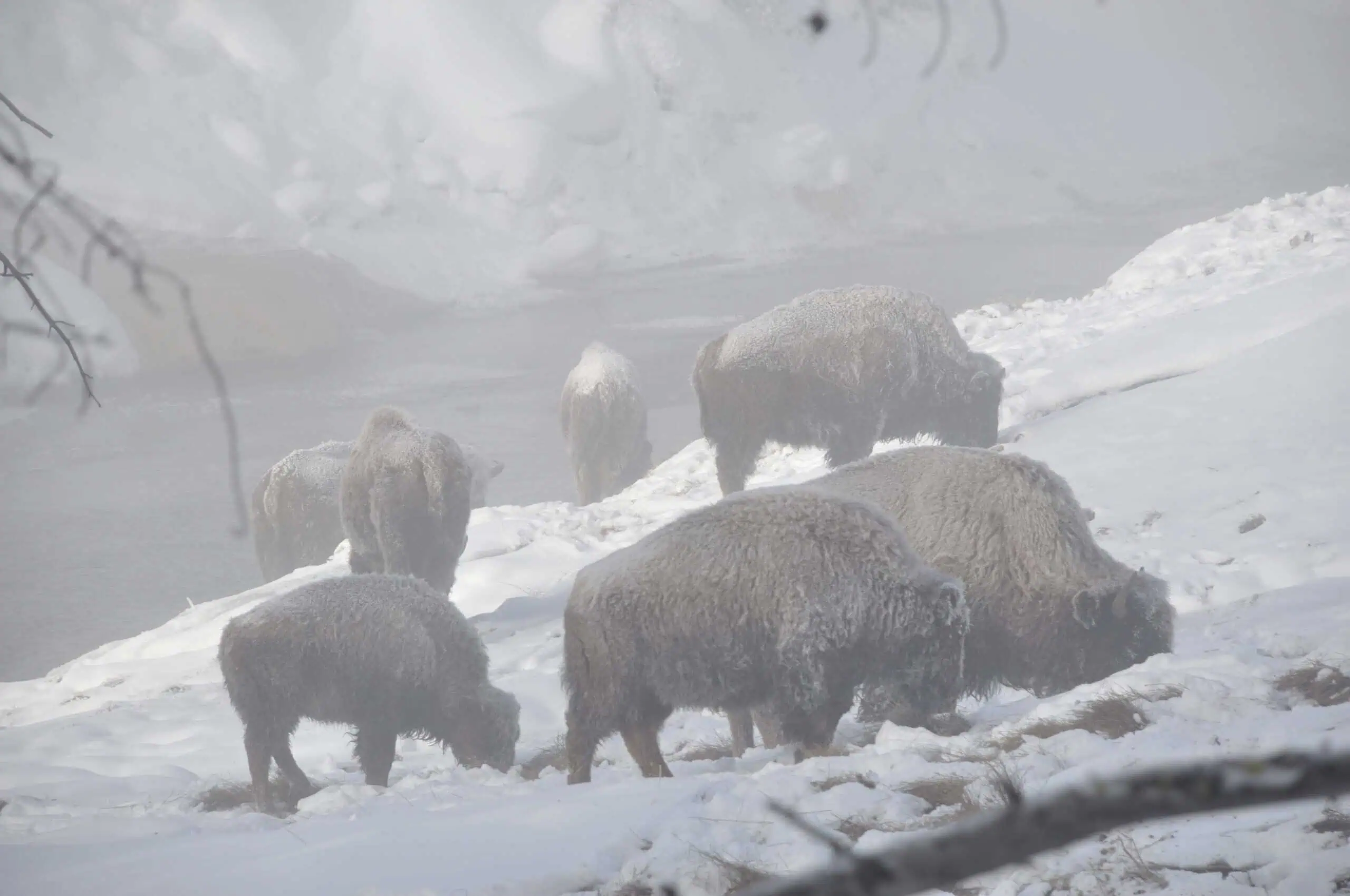
What are the most indelible memories of the many trips you’ve had over the years?
Really it’s a collection of experiences. I had been to the Grand Canyon many times, and it’s always awesome to stand on the South Rim or the North Rim. But I always have this list in my mind of things to do when I go back. One was to hike from the North Rim to the South Rim, spending a night or two at Phantom Ranch in the interim. And it’s very hard to get reservations at Phantom Ranch. The only time I could manage to do it was in July, when they were having a heat wave. It was 116 degrees in the shade. So the idea of getting up and having breakfast that morning and then hiking out up the Bright Angel trail, that had to go by the wayside. No, we’re gonna leave well before dawn to try and beat the heat.
To leave Phantom Ranch, you cross this bridge, which they call Silver Bridge. It was about 4 o’clock in the morning. We had the moonlight and the stars and the raging Colorado River, and you could look up the trail where it zigzags up out of the inner gorge of the Grand Canyon on something called the Devil’s Corkscrew. And all the people that had set out ahead of us, that had this same idea with their headlamps and their flashlights. Against this black void of the inner gorge you could see these lights winding back and forth up against the side of this black canyon. That is an image that stands out in my mind.
There have been very many memorable sunsets. I remember one in particular. I was at Dry Tortugas National Park at Garden Key one November, and I was standing up at the top of the fort watching the sunset and the clouds. It was kind of this scalloped pattern of clouds that just went through this incredibly descending intensity of crimson and orange and scarlet, like the burning embers of a log in a fire. It was really breathtaking.
And of course, wildlife encounters. I’ve been to Yellowstone probably about 11 or 12 separate trips. I’ve been in every month, except for April and November. And very memorable were the two trips that I went in winter to stand and watch the bison, using their massive heads to plow the snow back and forth in order to reach the forage buried under the snow. I’ve seen this in nature films. I’ve seen this on TV. And yet here it is, right before my eyes.
Watching an osprey dive and catch a fish on the Anhinga trail in Everglades. That was an amazing experience. There was a school group there that day, probably 6th graders, boys and girls. The teacher had bought this little wildlife guide in the Visitor Center, and she had corralled the girls in front of the railing to identify a bird. She’s flipping through her wildlife guide and she finally she says, “It’s a frigate bird.” It was a crow. She had misidentified it.
But the boys in the group, being boys, were over on the other side of the rail watching this osprey hovering in the sky. All of a sudden, the osprey crashed into the water. There was this huge eruption of spray. Out of the water came the osprey with a fish clutched in its claws, and the boys are like, Oh, wow!
That’s an object lesson. Nature itself is really the best teacher. Walk the trail and let nature be your guide. Guides and brochures and interpretive signs help, but don’t let them become an impediment to just seeing what nature is going to show you if you just stand there and absorb it. That was an amazing experience.
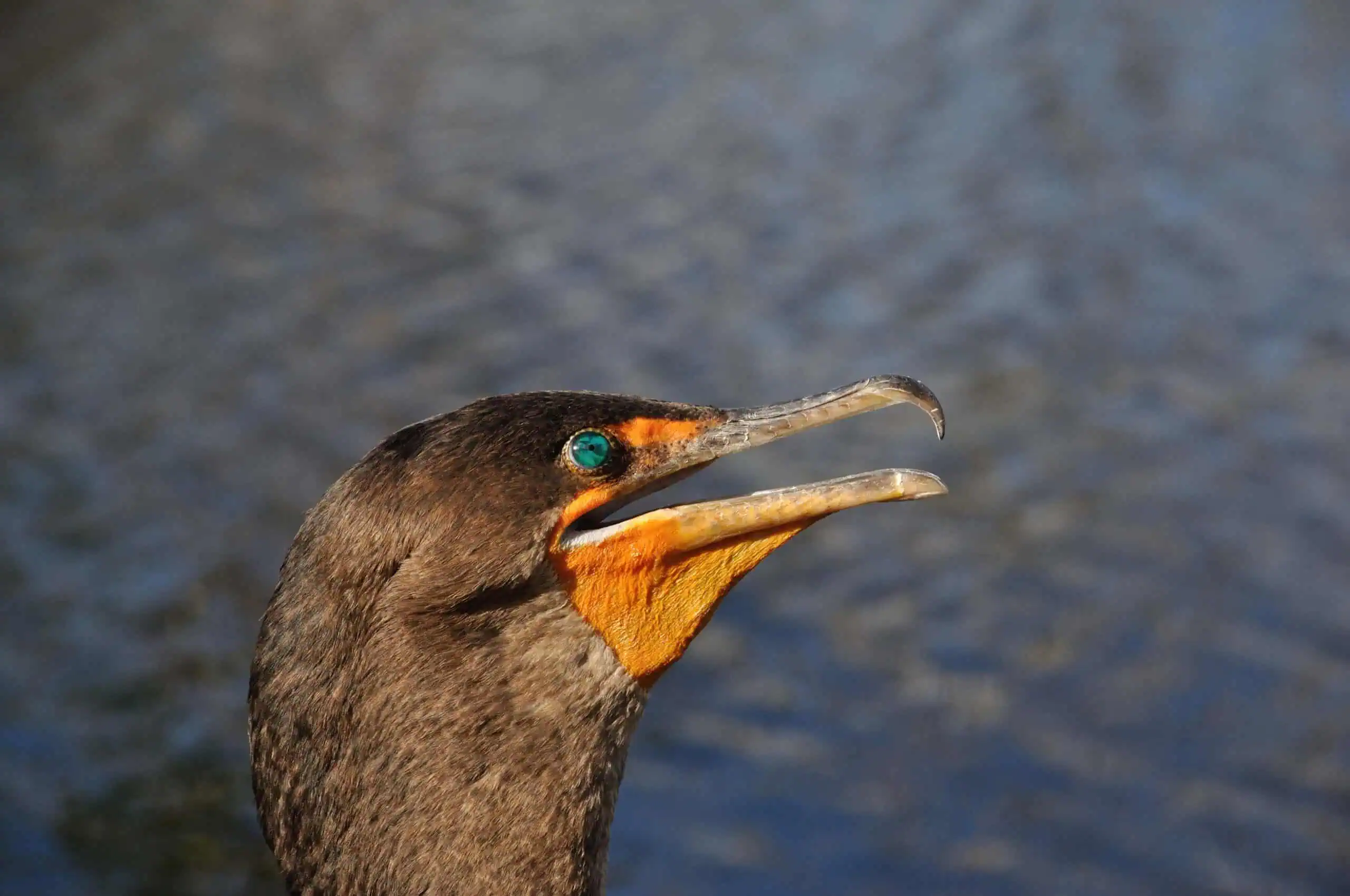
So it’s pretty well documented that the big parks like Yellowstone, Yosemite, Zion, Grand Canyon get a lot of love, but you’ve been to all of them. What are your best kept secret parks that people might not have thought about?
Well, I guess my most special places I’d be hesitant to say, because I don’t want to encourage the crowds. I once heard that the surest way to destroy something is to preserve it because it draws people there that wouldn’t have gone otherwise. But in all seriousness, I would definitely lead people to Great Basin National Park. It’s an awe-inspiring park. It’s got this incredible mountain scenery, high Alpine scenery, bristlecone pine forests, Lehman Caves. That’s a real treasure.
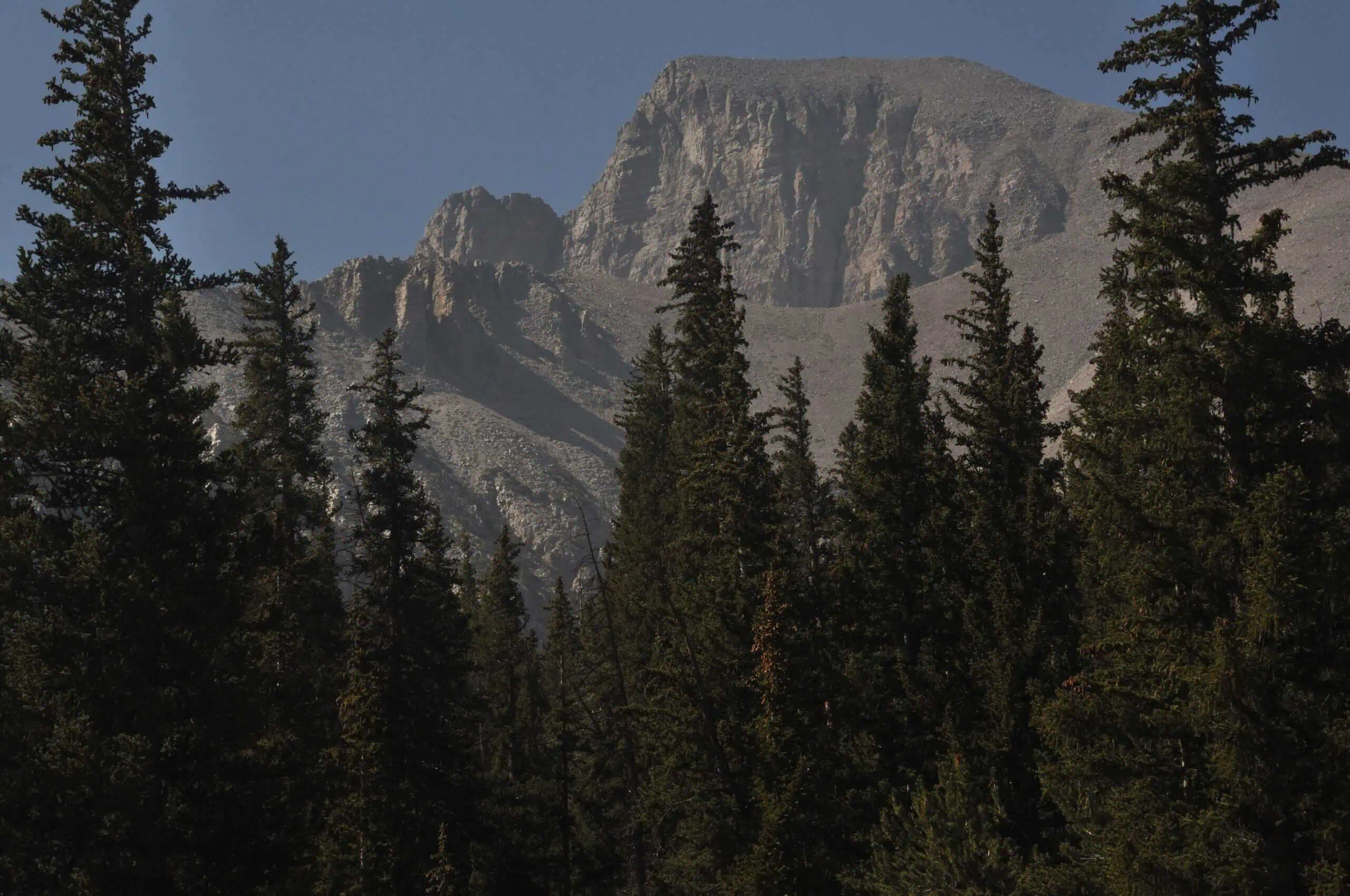
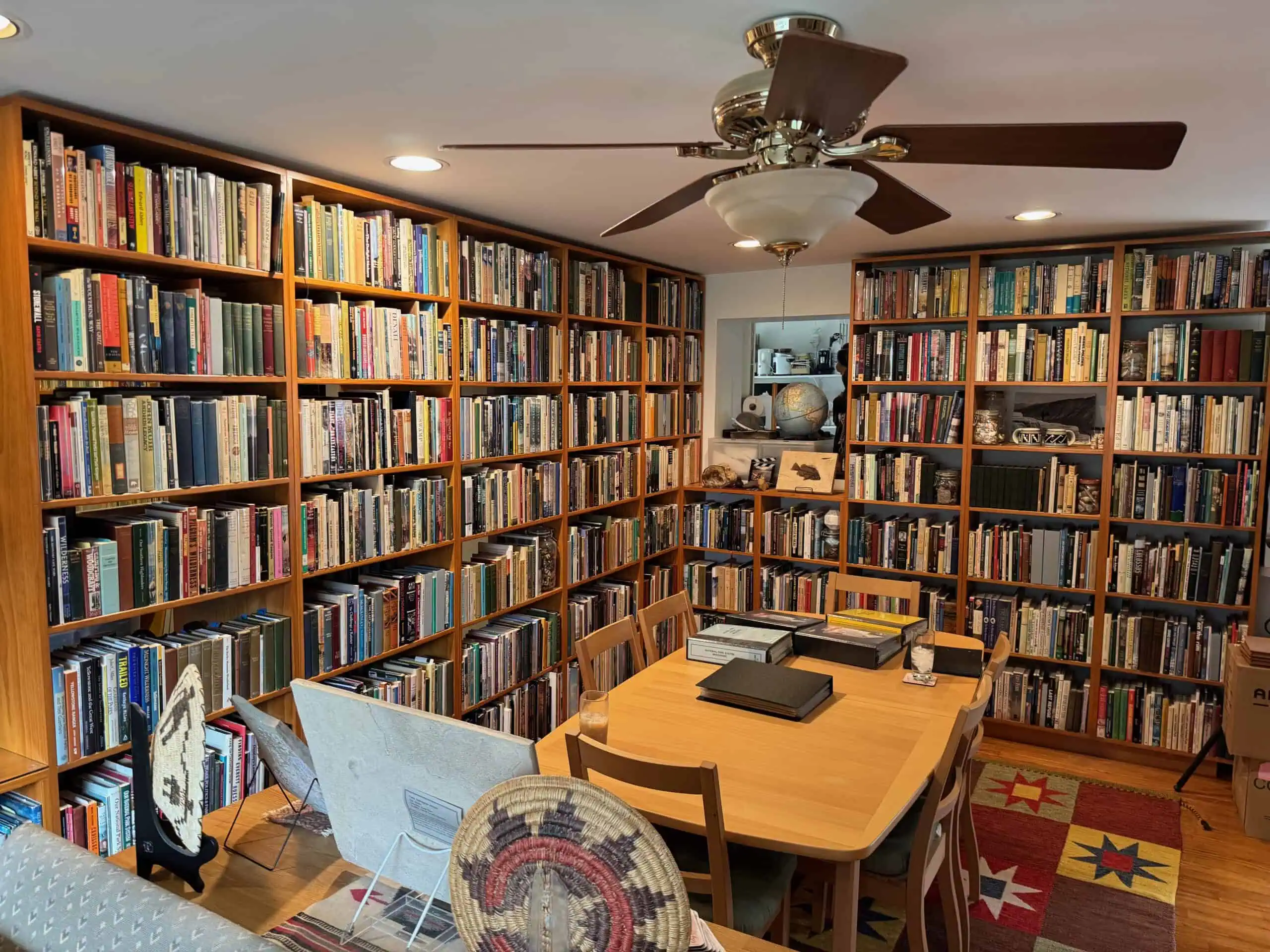
And of course all of the parks in Alaska. There are easy wilderness experiences awaiting you there.
But I’m trying to think closer to home. Guadalupe Mountains National Park is a wonderful park. Dry Tortugas, I mentioned that. It’s a series of islands 70 miles off of Key West, so it’s pretty remote. You get there by boat or by seaplane.
That was a great range. Another thing people don’t really understand sometimes is that two-thirds of the national park sites are actually historic sites. Do you have any favorites of those?
Well, I have a particular interest in the ones that interpret our native American culture. They have always fascinated me, and there’s a great many of those, particularly in the Southwest that preserve Ancestral Puebloan sites.
The Civil War battlefields are interesting. But if I was going to make a recommendation to people, it’s to learn a little bit about them before you go. They’re preserved because of the importance of things that happened there, so if you understand those happenings in the broader context of American history, it’ll be more meaningful to you when you get there.
I like Edison National Historic Site in New Jersey to go to Thomas Edison’s laboratory and see some of the equipment that he used to conduct his experiments.
John Muir National Historic Site in California is interesting, because John Muir was a larger-than-life figure in the National Park system story. You can go up and stand in his study and see the desk where he sat and wrote so many of the books and articles that were so influential in the history of the National Park system.
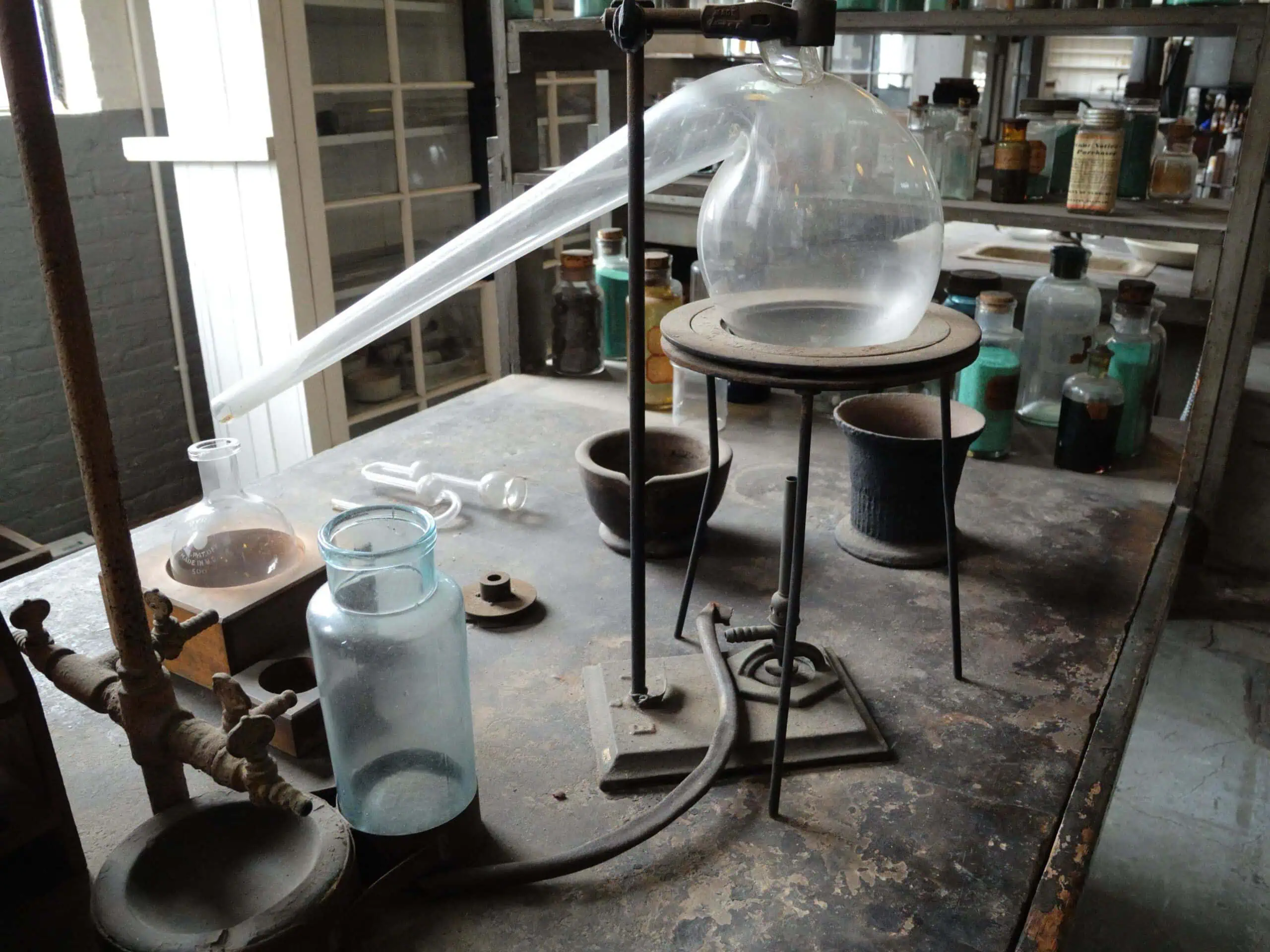
Last question, what are your next park visits?
I’m looking ahead next year to going back to Maine so I can visit the Francis Perkins National Monument, which is one of the sites that I haven’t been to, and I can probably hit Carlisle Federal Indian School in Pennsylvania on the drive up there.
You can’t go to Maine without going to Acadia – or if you did, you’d be making a mistake. Acadia National Park consists of three units. There’s the Mount Desert unit, which is where most people go. There’s the Schoodic Peninsula, which is on the mainland.
And the third unit, which I have only visited once, is Isle au Haut. It’s an island off the coast of Maine, and you can only get there by ferry. They have these wonderful camping shelters at a place called Duck Harbor. I’m in particular looking forward to going back to Isle au Haut just to get away from it all, because you are very isolated there, and there’s this wonderful warren of trails through the park that you can walk from one side of the island to the other. It’s just a fantastic experience.
So my goal for next summer is to go to Maine to see Francis Perkins, and to go back to Acadia and visit all three units of Acadia. I don’t think I’ve ever done that on a single trip.
Excellent. Thank you so much. This has been incredibly illuminating. Great stories!

